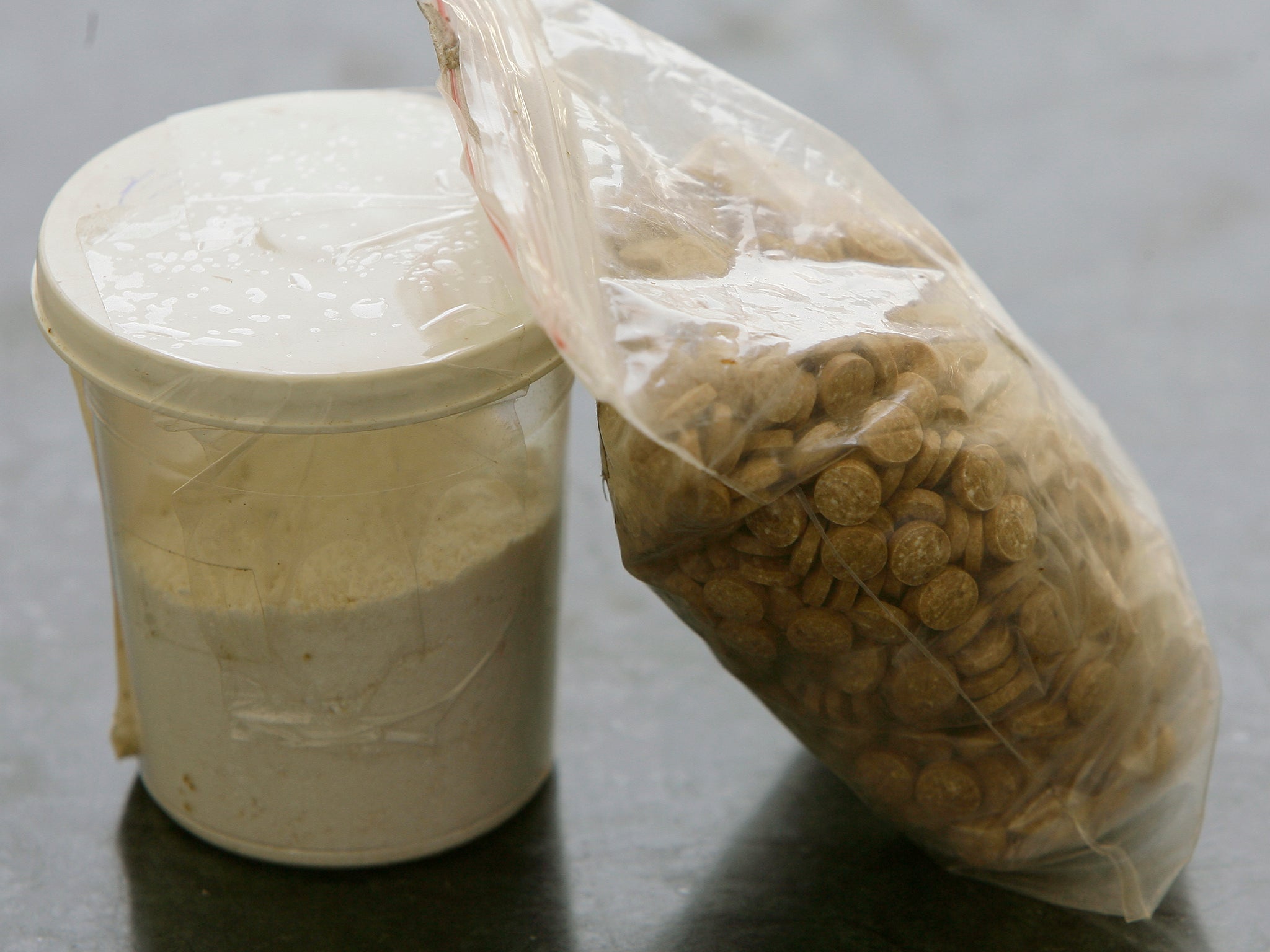
:max_bytes(150000):strip_icc()/483106863-569fe6595f9b58eba4add825.jpg)
The downside is you have to remember to take them often.Ī positive of the long-acting type is that you don’t have to remember to take them as often, usually just first thing in the morning. The benefit of short-acting is that you have more control over when you have medication in your system. The short-acting forms are usually taken two or three times a day, and the long-acting ones just once a day. There are many stimulants available to treat ADHD: short-acting, intermediate-acting, and long-acting forms. That helps boost your energy, helps you pay better attention, and keeps you alert. If you take them for ADHD, you’ll get slow and steady doses, just like your brain would create them naturally. They’re also created in response to pleasant activities. They help nerves in your brain talk to one another. What Do Stimulant Drugs Do?įor someone with ADHD, these medications boost the levels of certain brain chemicals, like dopamine and norepinephrine. Even though there is some debate about whether social skills or performance at school gets better, there are many people who benefit from them. They can also help a person finish tasks and improve relationships.Īs long as the medication is taken, people have a better attention span and better behavior. They tend to cut down on hyperactivity, interrupting, and fidgeting. These drugs ease ADHD symptoms in about 70% of adults and 70% to 80% of children. They may be the only treatment you use, or you can try them along with behavior therapy. They can help you manage symptoms, such as: The most potent form is crystal methamphetamine (ice).Īmphetamines are stimulants used for ADHD.Stimulant drugs are the treatment most often used for ADHD. Amphetamines have also been taken as performance enhancement drugs. Other types of amphetamines, such as speed, are produced and sold illegally. Amphetamines have also been used to treat Parkinson’s disease. Some types of amphetamines are prescribed by doctors to treat conditions such as attention deficit hyperactivity disorder (ADHD) and narcolepsy (where a person has an uncontrollable urge to sleep). Methamphetamine’s effect can last 12–24 h whereas immediate-release oral methylphenidate may only last for 6 h. Amphetamines can be smoked, inhaled, injected, or ingested. The onset of effect and duration of effect after amphetamine use depends on the route of administration as well as the specific agent abused. This mechanism is the reason for the clinical effects as well as the addictive properties of these drugs. The amphetamines exert their pharmacological effect by increasing the release and decreasing the reuptake of catecholamines (including norepinephrine and dopamine). Cathine or beta-keto amphetamine is found in nature as a constituent of the plant Catha edulis and it is chewed for its stimulant properties. Designer amphetamines (or synthetic amphetamines) include analogs of amphetamine and a type of amphetamine called cathinone or a beta-keto amphetamine. Methamphetamine is an example of an illicit amphetamine that is commonly abused. Examples include methylphenidate and dextroamphetamine. They are controlled substances due to their abuse potential. Prescription amphetamines are FDA approved for conditions such as attention deficit hyperactivity disorder and are popularly prescribed. Studies indicate that L-Amphetamine improves poor sustained attention while D-amphetamine reduces overactivity and impulsiveness as well as improves sustained attention.Īvailable amphetamines include both prescription and illicit chemicals.
AMPHETAMINE LIST OF DRUGS FREE
Amphetamine properly refers to a specific chemical, the racemic free base, which is equal parts of the two enantiomers in their pure amine forms.

Amphetamine exists as two enantiomers: levoamphetamine and dextroamphetamine.


 0 kommentar(er)
0 kommentar(er)
